Small-town hair salons had a rhythm all their own—no online booking, no fancy lattes, and definitely no ring lights for photos. You knew your stylist’s kids, your mom probably sat in the same chair, and gossip traveled faster than a blow dryer on high. Today’s high-end salons feel more like day spas, with sleek interiors, luxury products, and prices to match. It’s a whole different world, and not necessarily better or worse—just very different. Looking at how salons have changed over the years says a lot about how we’ve changed, too. And for some of us, that old swivel chair still feels like home.
Ambiance
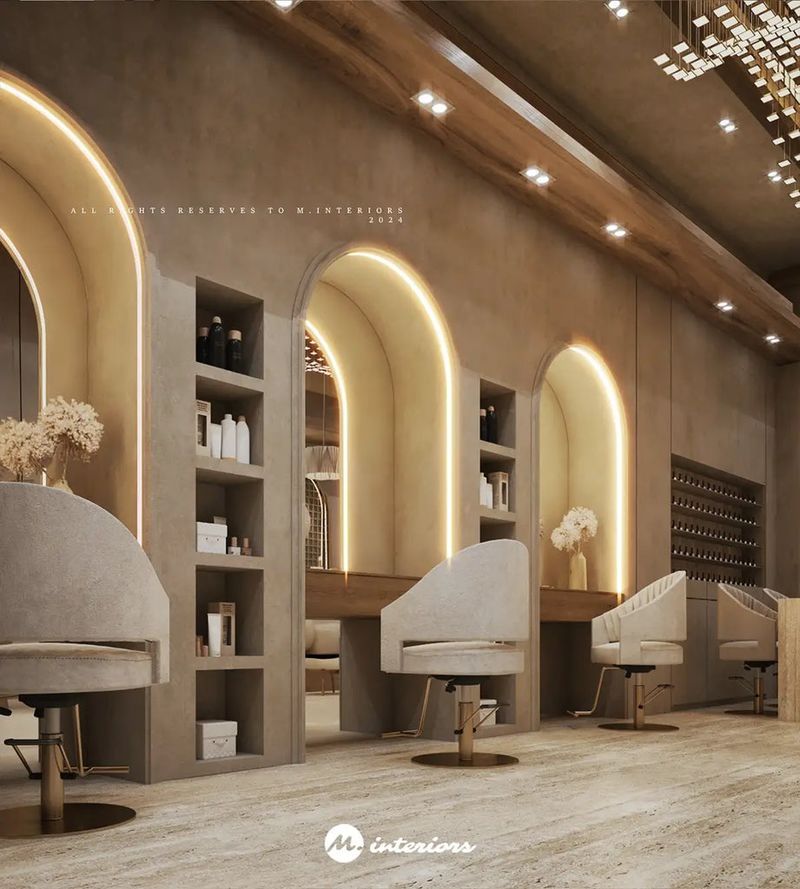
Remember the charm of small-town salons? They were like stepping into a friend’s living room, complete with floral wallpaper and well-worn chairs. Today’s salons are a different story. They flaunt sleek, minimalist designs, often with luxurious touches like leather seats and glass accents. The ambiance shift reflects broader aesthetic trends and a desire to offer a premium experience. The intimacy of yesteryear is replaced with a high-end feel, appealing to the modern clientele who seek not just a haircut, but an experience.
Personal Touch
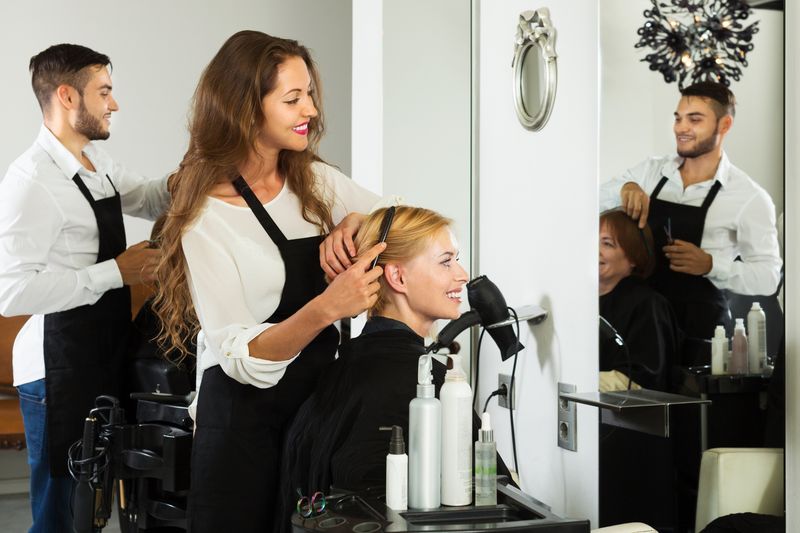
In small towns, haircuts came with a side of community gossip. Stylists knew you, your family, and sometimes your secrets. This personal touch fostered trust and loyalty. Today’s salons prioritize professionalism and efficiency. Though consultations are thorough, the personal connection may lack depth. The shift from intimate to professional environments showcases a change in customer expectations. Clients now often seek expertise and precision, sometimes at the expense of those heartfelt conversations. Yet, the warmth of a familiar face cutting your hair is nostalgic for many.
Pricing

Remember when a haircut wouldn’t break the bank? Small-town salons offered straightforward, affordable pricing. Today’s fancy salons present a plethora of services with corresponding price tags. The introduction of luxury products, specialized treatments, and expert stylists contributes to the price inflation. This change mirrors the broader economic shift and the rising cost of living. While some appreciate the diverse offerings, others miss the simplicity of knowing exactly what a haircut would cost. It’s a testament to evolving business models in the beauty industry.
Services Offered
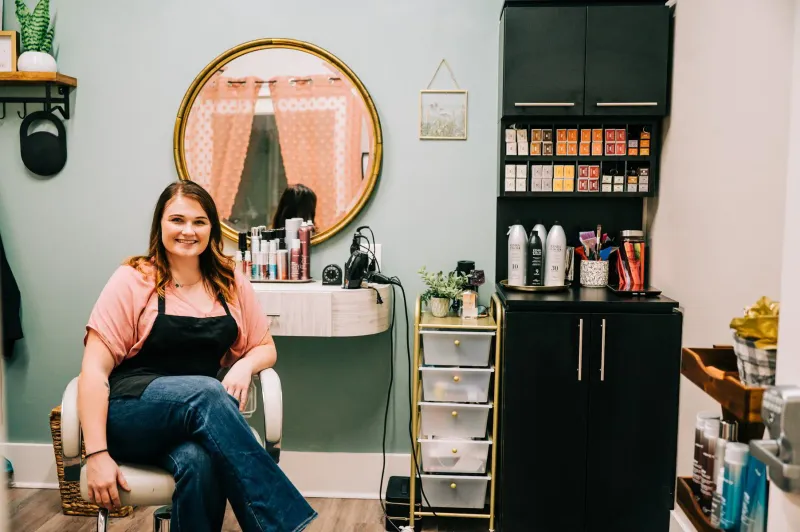
Once, a haircut and maybe a perm were the full extent of available services. Modern salons, however, offer an array of treatments from coloring to spa-like experiences such as massages and facials. This expansion reflects consumer demand for a one-stop shop for beauty needs. The shift indicates a broader trend of self-care and wellness integration. While the choice is appreciated, the nostalgia for simple services remains. The change underscores how consumer expectations have driven salons to diversify, catering to a clientele seeking comprehensive beauty solutions.
Technology Integration
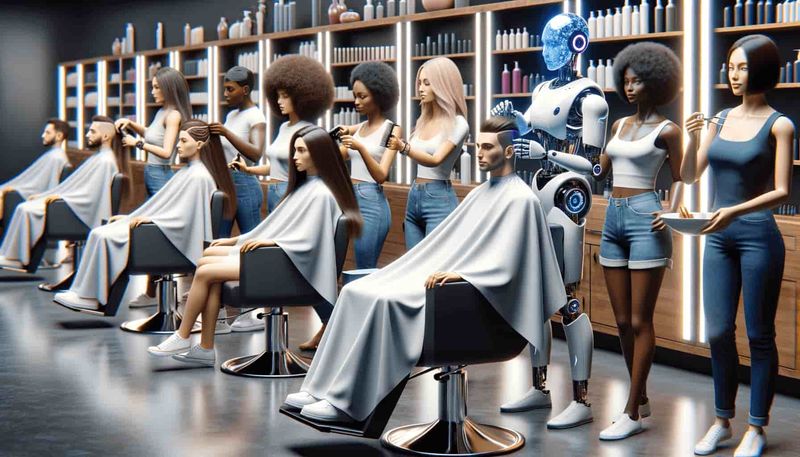
Small-town salons relied on word-of-mouth and pen-and-paper bookings. Today, technology is king. From online booking systems to high-tech hairdryers and coloring devices, the industry has embraced digital advancements. This shift enhances convenience and precision, aligning with contemporary consumer habits. The nostalgia for handwritten appointment books and casual drop-ins contrasts with the efficiency of today’s digital systems. The evolution illustrates how salons have adapted to the digital age, offering a streamlined experience that caters to tech-savvy clients.
Product Offerings

Back in the day, small-town salons stocked a limited range of hair products. Today’s salons boast shelves lined with luxury brands and specialized treatments. This change is fueled by consumer interest in premium, often organic, products that promise salon-quality results at home. The shift highlights broader trends in health and beauty, where quality and brand reputation play a significant role. The evolution in product offerings showcases the beauty industry’s move towards catering to informed and demanding consumers who seek the best for their hair care needs.
Clientele

Small-town salons were community hubs, serving familiar faces year after year. Today’s high-end establishments attract a diverse clientele, often from urban areas, drawn by the promise of expertise and luxury. This shift mirrors societal changes, with mobility and urbanization influencing where and how people choose salon services. The blend of cultures and backgrounds in modern salons offers a rich tapestry of experiences. While the personal familiarity might be missed, the diversity brings vibrancy and varied perspectives, reflecting broader societal trends in urban centers.
Interior Design
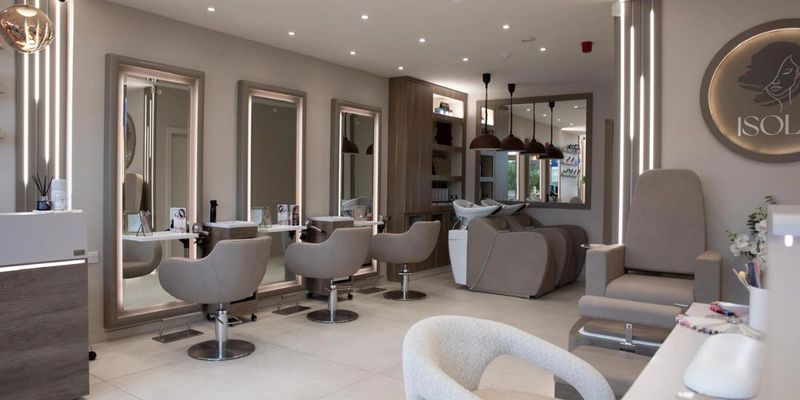
In small-town salons, decor often included floral prints and cozy furniture. Today’s high-end salons favor sleek, minimalist designs with contemporary aesthetics. This shift is part of a broader trend toward modernity and elegance, aiming to provide not just a service, but an experience. The evolution in design reflects changes in consumer tastes and expectations for style and ambiance. While some appreciate the sophistication of modern interiors, others fondly remember the quaint, homey feel of their childhood salons. The design evolution mirrors the changing face of aspirational beauty.
Appointment Booking

Gone are the days of popping into a salon and penciling in a date. Today’s salons offer online booking systems, reflecting the digital age’s influence. This change brings convenience and flexibility, aligning with modern lifestyles. However, the spontaneity of a casual drop-in is lost. The evolution in booking methods illustrates the broader shift toward efficiency and customer-centric service. While some miss the personal touch of chatting with a receptionist, others appreciate the ease of managing appointments with a few clicks, reflecting a tech-savvy approach.
Training and Expertise

In small towns, stylists learned on the job, honing skills through years of experience. Today’s stylists often boast extensive training in top academies, reflecting a shift towards professionalism and excellence. This evolution mirrors the broader demand for high-quality services and the increasing complexity of modern hairstyles. While the expertise ensures precision and innovation, the personal, sometimes quirky charm of the local hairdresser is fondly remembered. The change highlights how the industry has evolved to meet increasing consumer expectations for knowledge and skill.
Waiting Experience
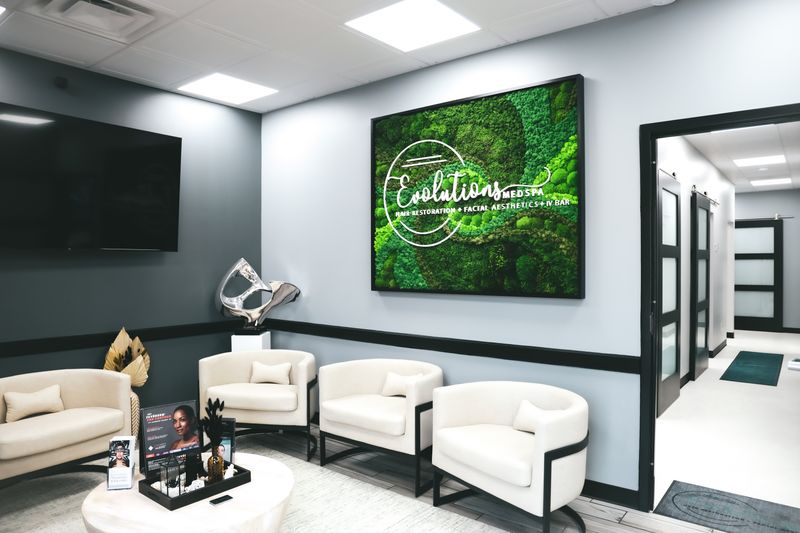
In the past, waiting at a salon might mean flipping through outdated magazines. Today’s salons offer a curated experience, with refreshments and digital entertainment. This shift reflects a broader trend towards comfort and client satisfaction. The change in waiting experiences illustrates how salons have adapted to meet modern consumer desires for convenience and enjoyment. While some miss the simplicity of a cup of coffee and a chat, the enhanced waiting amenities cater to a clientele that values luxury and engagement, transforming downtime into a pleasant aspect of the visit.
Community Role
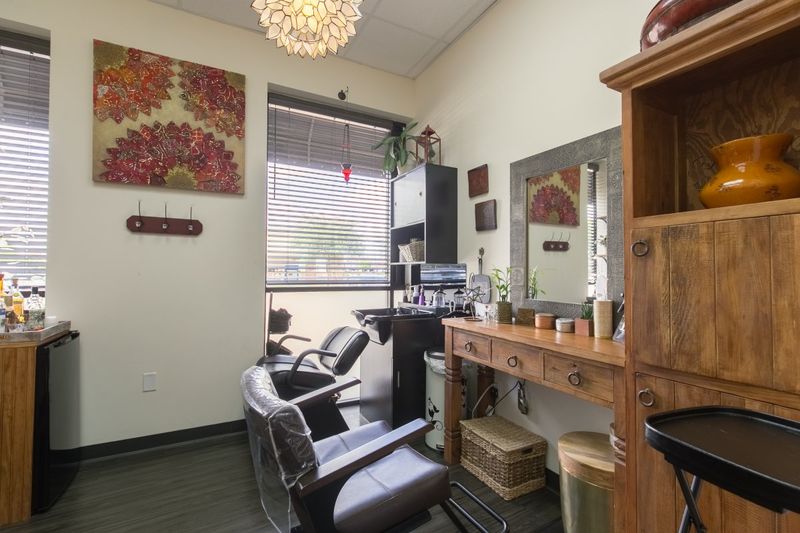
Once, salons were more than places to get a haircut; they were community hubs. People gathered to chat, exchange news, and connect. Today, salons focus on providing a professional service, with less emphasis on community interaction. This evolution reflects societal changes toward individualism and professionalization. While some lament the loss of community spirit, others appreciate the focus on service quality and efficiency. The shift highlights how salons have transitioned from social spaces to sophisticated service providers, adapting to contemporary consumer expectations.
Marketing Strategies

Word-of-mouth was once the marketing powerhouse for small-town salons. Today, digital marketing reigns supreme, with social media and online reviews shaping reputations. This transition demonstrates the broader shift towards digital consumer engagement. While the personal touch of a recommendation from a friend is nostalgic, modern strategies allow salons to reach a wider audience. The change illustrates how marketing has evolved to embrace technology, enabling salons to connect with a tech-savvy clientele. The evolution reflects the industry’s adaptation to a new era of digital communication and promotion.
